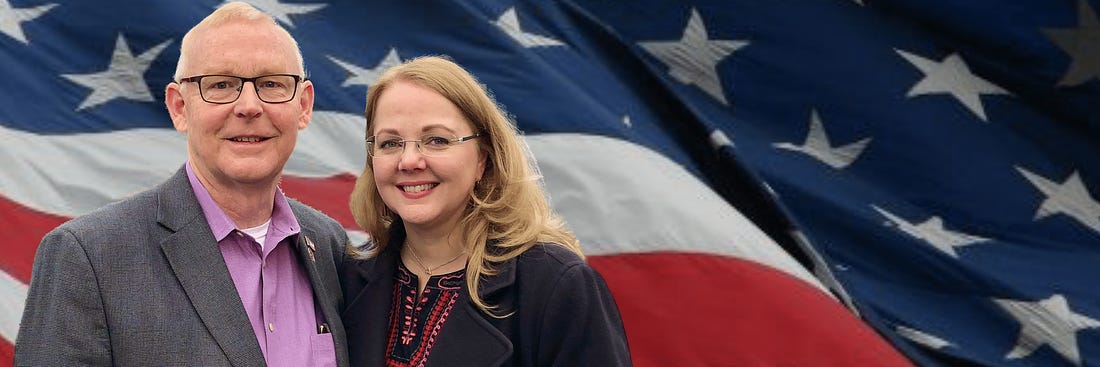|
 |
from the desk of Dana Criswell
 |
In Mississippi, the relationship between doctors and nurse practitioners (NPs) tries to blends collaboration with strict oversight. This dynamic is an attempt to address Mississippi’s physician shortage while sparking debate over autonomy and care quality. Comparing it to neighboring states like Arkansas highlights unique challenges and opportunities in this physician-led partnership.
Legal Framework: Reduced Practice
Mississippi’s “reduced practice” model requires NPs to have a collaborative agreement with a doctor to practice and prescribe. Overseen by the Mississippi Board of Nursing and Medical Licensure, this mandates monthly chart reviews (10% or 20 charts) by the physician, who can be 75 miles away if using electronic records and meeting practice-hour minimums (20 hours weekly or 80 monthly). This contrasts with Arkansas, which also requires collaboration but allows NPs to own practices and has fewer geographic limits, offering more flexibility.
Daily Collaboration
NPs, with advanced nursing degrees, manage routine care—checkups, chronic conditions, minor issues—while relying on doctors, with their 10,000+ clinical hours, for complex cases. In Mississippi’s primary-care-starved rural clinics, NPs are often the main providers, consulting doctors remotely. Arkansas NPs enjoy similar teamwork but face less rigid oversight, enabling faster responses to patient needs without as much red tape.
Tensions and Regional Differences
The collaboration mandate stirs controversy. NPs argue it hampers their ability to serve Mississippi’s 91% underserved counties, where the physician ratio is a nation-low 184.7 per 100,000. Studies show NPs match doctors in primary care safety, yet Mississippi clings to oversight. Doctors, citing their extensive training, defend it as a quality safeguard, pointing to higher costs under non-physician care in some studies. Arkansas, while collaborative, leans toward NP autonomy, easing practice setup compared to Mississippi’s tighter leash. Full-practice states like Tennessee and Louisiana go further, ditching collaboration entirely, a model NPs here covet but lawmakers reject—2024 bills like SB 2079 failed again.
Healthcare Impact
With 3,500 NPs and 5,500 doctors (1,900 in primary care), Mississippi relies on this partnership to stretch resources. NPs run rural clinics under distant supervision, offering vital care where hospitals have closed. Yet, losing a collaborating doctor disrupts service, unlike Arkansas, where NPs can pivot more easily. Patients get hybrid care—NPs as the frontline, doctors as backup—but the system’s fragility shows in Mississippi’s stricter rules versus Arkansas’s looser reins.
Conclusion
Mississippi’s doctor-NP relationship tries to balance teamwork with control, unlike Arkansas’s more permissive approach or Tennessee’s full NP freedom. As of April 2025, it fills gaps in a state with dire shortages but fuels debate over whether oversight aids or hinders care. Aligning with regional trends could ease access, yet Mississippi holds fast, making this partnership both a lifeline and a point of contention.
Read all of Dana’s post and stay informed about politics in Mississippi